The National Musuem of Naval Aviation’s SP-5B Marlin by Hill Goodspeed, Museum Historian For more than a half century, the flying boat played an integral role in the operations of the U.S. Navy. During the years following World War I, the majestic machines captured the imagination of the public, with the NC-4 flying boat becoming
The National Musuem of Naval Aviation’s SP-5B Marlin
by Hill Goodspeed, Museum Historian
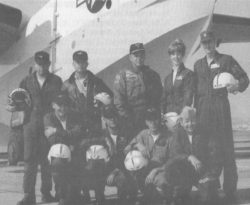
Crew members of the last Marlin flight. (Top; left to right)ADR2 D.M. Finch, LCDR D.R. McGarrigle, CAPT Hugh J.Tate, LTJG M.M. Blackbumand ATN2 D.L. Basinger. (Bottom, left to right) ATNI A.E. Cohen, ADJ1 C.S. Cox, ADR3 F.L. Jackson and ADRC J.B. Fowlkes. NMNA file photo
For more than a half century, the flying boat played an integral role in the operations of the U.S. Navy. During the years following World War I, the majestic machines captured the imagination of the public, with the NC-4 flying boat becoming the first aircraft to fly the Atlantic in May 1919 and other big boats establishing numerous records for long distance flight during the 1930s. Amidst the clouds of war, from antisubmarine patrols in search of German If boats and nocturnal raids on Japanese Pacific bases to surveillance off the coast of South Vietnam as part of Operation Market Time, the flying boat distinguished itself as a warrior.
The time for the flying boat in the U.S. Navy, however, has long since passed. They live now only in the mind’s eye of those who once guided them through the air, in photographs and movie film in the bowels of archives, or sitting in silence at a museum devoted to things of old. Such is the case at the National Museum of Naval Aviation, where the NC-4 sits in prominence on the museum floor, a PBY “soars” from the rafters, and a PB2Y Coronado, one that was in Tokyo Bay the day World War II ended, sits outside beneath the Florida sun. The latter is joined by another of the big boats, its daunting silhouette unavoidable to the eyes of visitors. It is fitting that the aircraft attracts attention for it is indeed special among the machines of flight at the National Museum of Naval Aviation. It is the museum’s SP-5B Marlin, the last of a breed, the last flying boat to serve in the United States Navy.
The Glenn L. Martin Company had achieved quite a reputation in the field of flying boats by the end of World War II. The builder of the famed China Clipper, which plied the skies of the Pacific with Pan American Airways during the 1930s, the company was also known in military circles as the manufacturer of the PBM Mariner. The venerable flying boat, first flown in 1939, served successfully with Navy and Coast Guard patrol squadrons during the war. One of them, while flying in the Atlantic with VP-74, scored the first U-boat kill by a U.S. Navy flying boat, sending U-158 to the bottom in June 1942. Thus, it was no surprise that when the U.S. Navy needed a replacement for the aging Mariner, it turned to the seaplane experience of the Glenn L. Martin Company.
With the successful PBM airframe serving as a logical starting point, Martin engineers set about designing the new aircraft after the issuance of a U.S. Navy contract for a prototype on 26 June 1946. Though they decided upon a different hull configuration for the new flying boat, the engineers incorporated the Mariner’s wing and upper hull into the prototype. Called the XP5M -1, the aircraft was, at 100 feet 7 inches, more than 20 feet longer then its predecessor, and the Wright R-3350s suspended beneath the wings enabled a top speed of 251 m.p.h. Though the aircraft first flew on 30 May 1948, it took more than two years before the Navy finally issued a formal contract for production versions of the aircraft. Squadron delivery began in April 1952.
Operationally, the Marlin, as the P5M-1 was called, became a key component in the Navy’s antisubmarine warfare mission. The aircraft featured APS-80 search radar in a prominent, bulbous nose, as well as weapons-bays in the long engine nacelles that protruded from its wings. In addition, modified versions carried an array of antisubmarine gear, including magnetic anomaly detection equipment and the Julie and Jezebel echosounding and sonobuoy detection systems.
Following the P5M-1 versions of the Marlin into service was the P5M-2, which with its T -tail design presented a different appearance than its predecessor. First flown in August 1953, the P5M-2s began reaching Navy fleet squadrons the following June. Among the aircraft appearing in the first batch of P5M-2s was BuNo 135533, which was accepted by the Navy in May 1956 and joined its first squadron, VX-1, the following month. During its ensuing eleven year career with the fleet, this Marlin served in a number of patrol squadrons, finishing its active career with VP-40, which in 1967 became the last squadron in the U.S. Navy to make an operational deployment with flying boats. Along the way, because of the standardization of military aircraft designations, BuNo 135533 became an SP-5B Marlin.
Despite its relatively routine service career, BuNo 135533 was not to be just a routine aircraft. At the conclusion of the last seaplane deployment, during which VP-40 flew patrol missions off the coast of South Vietnam as part of Operation Market Time, the squadron’s SP-5Bs flew from the Philippines to Japan, where most were scrapped. Some of their number survived and, as destiny would have it, one of them was BuNo 135533. As the end of 1967 approached and the phasing out of the Marlins approached its conclusion, the Navy decided to have one final curtain call for Navy flying boat operations. Because at the time they were the only big boat crew in the Navy to possess “Alpha” status signifying their complete qualification in all phases of antisubmarine warfare, the crew of BuNo 135533 was chosen to fly the ceremonial last flight. Thus, on 6 November 1967, in a final tribute to flying boat operations in the U.S. Navy, the aircraft made one last pass over NAS North Island and splashed down in the waters of San Diego Bay.
Little did the crew know that BuNo 135533 would have one more flight in her aging airframe, a flight into history. Just eight days after the final touchdown in San Diego, the Smithsonian Institution requested that one of the Navy’s fast disappearing SP-5B Marlins be earmarked for use in the institution’s proposed National Armed Forces Museum Park. Chosen for this honor was none other than BuNo 135533, which on 6 July 1968 departed North Island bound for NATC Patuxent River, Md. Following a stop at NAS Corpus Christi, Texas, the aircraft concluded its final flight with a water landing at Patuxent River. On 12 July 1968, she was formally turned over to the Smithsonian Institution.
For the next several years, nothing was done with the historic Marlin, which sat and deteriorated while being “stored” outside at the Maryland base. However, on 14 March 1975, with the concept of a National Armed Forces Museum Park having failed to materialize, the Smithsonian Institution transferred the aircraft to the Naval Air Systems Command. That same day, seeing an opportunity for a rare jewel, then Naval Aviation Museum Director, CAPT Grover Walker, USN (Ret), requested that BuNo 135533 be assigned to the Naval Aviation Museum. Transferred by barge to the NAS Pensacola, the last of the big boats was accessioned into the museum’s aircraft collection in 1977.
Today, adorned in the markings of VP-40, its final operational home, BuNo 135533 seems peculiarly out of her element. For 12 years, winds stirred the waters around her, sending waves lapping against the towering sides of her hull. Now, when Mother Nature blows, it is only blades of grass that stir nearby. Thus, all those who pass the Marlin in this final disposition should remember these words, forming an image in their minds. “The flying boat is as much at home on the water as in the air. It is only on land that it takes on an ungainly and helpless appearance. But in its native elements, the sea and the sky, it is an ocean monarch without peer.” Quote appears in Richard C. Knott, The American Flying Boat: An Illustrated History (Annapolis: Naval Institute Press, 1979)
More on this articles and more are found in the Fall 2012 MMA Newsletter.
Safe Landing in South Bay / Bob Parshall
MMA Association’s 2013 Reunion – Branson, Mo
Official Record: Fourth VP-44 / Dictionary of American Naval Aviation Squadrons – Volume 2, by Michael D. Roberts
An Elegy Poem / Frederick J. Frank
Travels With Charlie / CAPT Carl Swickley, USCG (Ret.) Foundation, Volume22, Number1, Spring 2001
Last of the Big Boats – The National Musuem of Naval Aviation’s SP-5B Marlin / Hill Goodspeed, Museum Historian
Historic Aircraft – Flying Boats at War / Norman Polmar, Author, Ships and Aircraft of the U.S. Fleet
Annual membership in the Mariner/Marlin Association entitles members to receive four issues of the Newsletter.
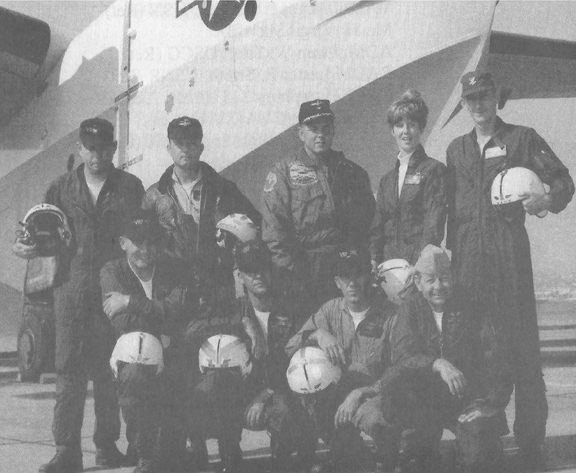

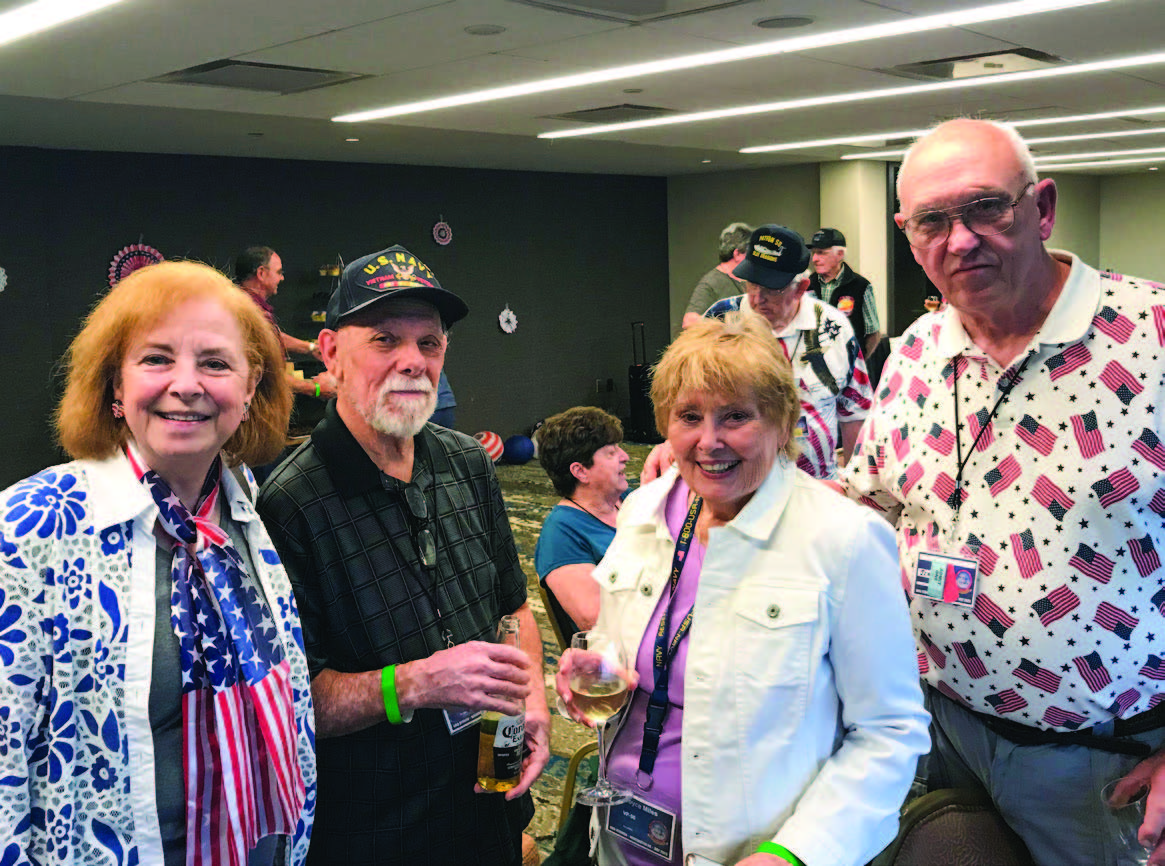
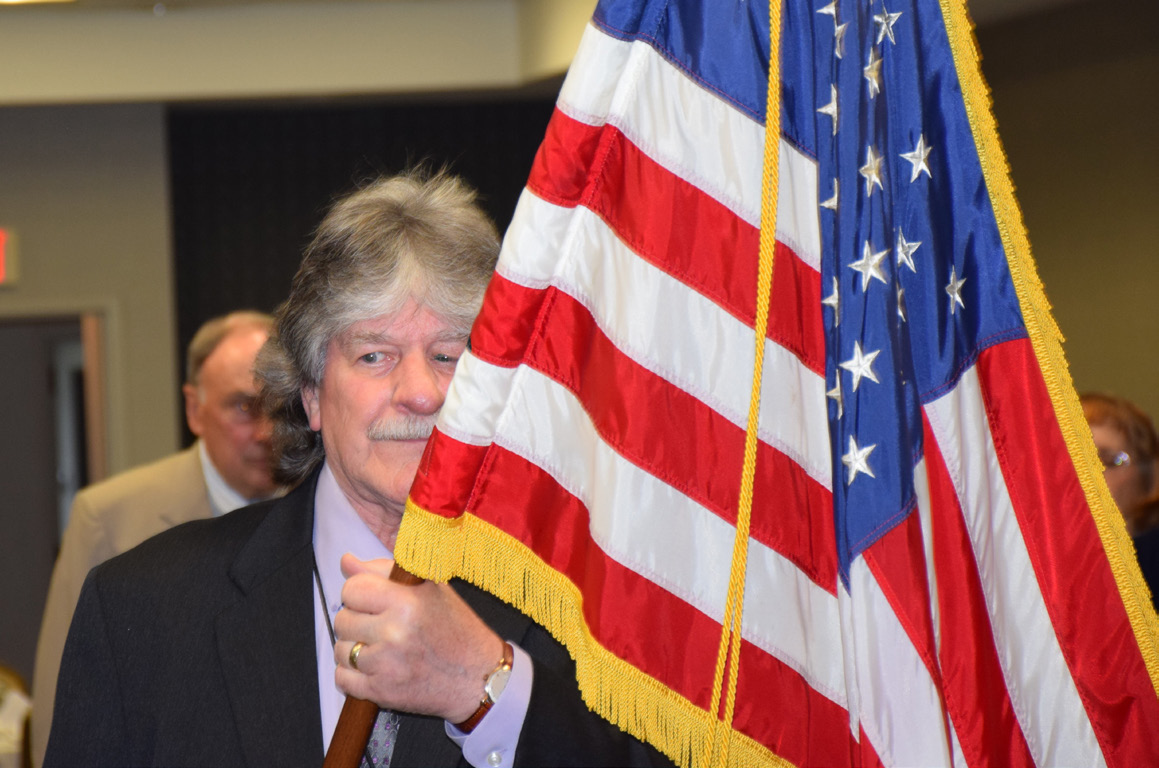


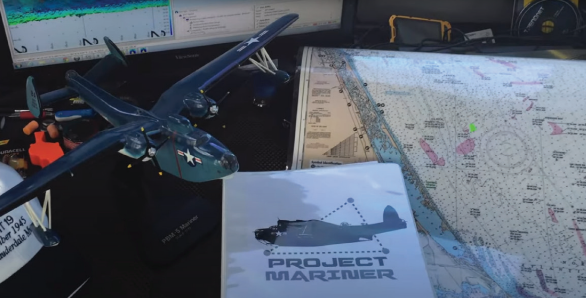

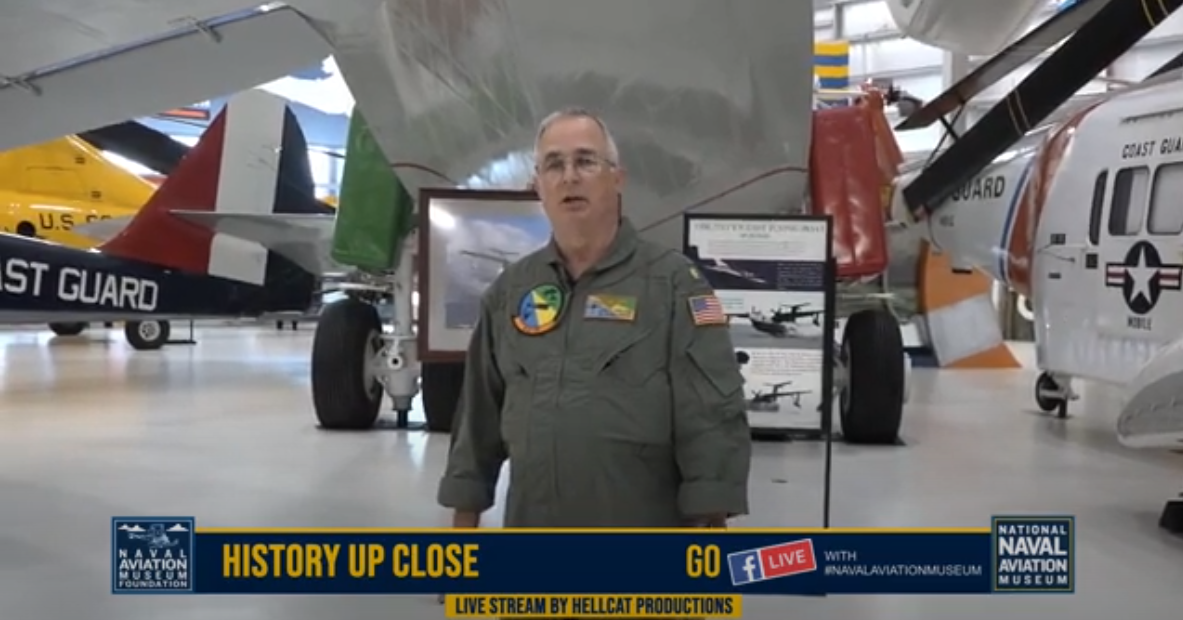
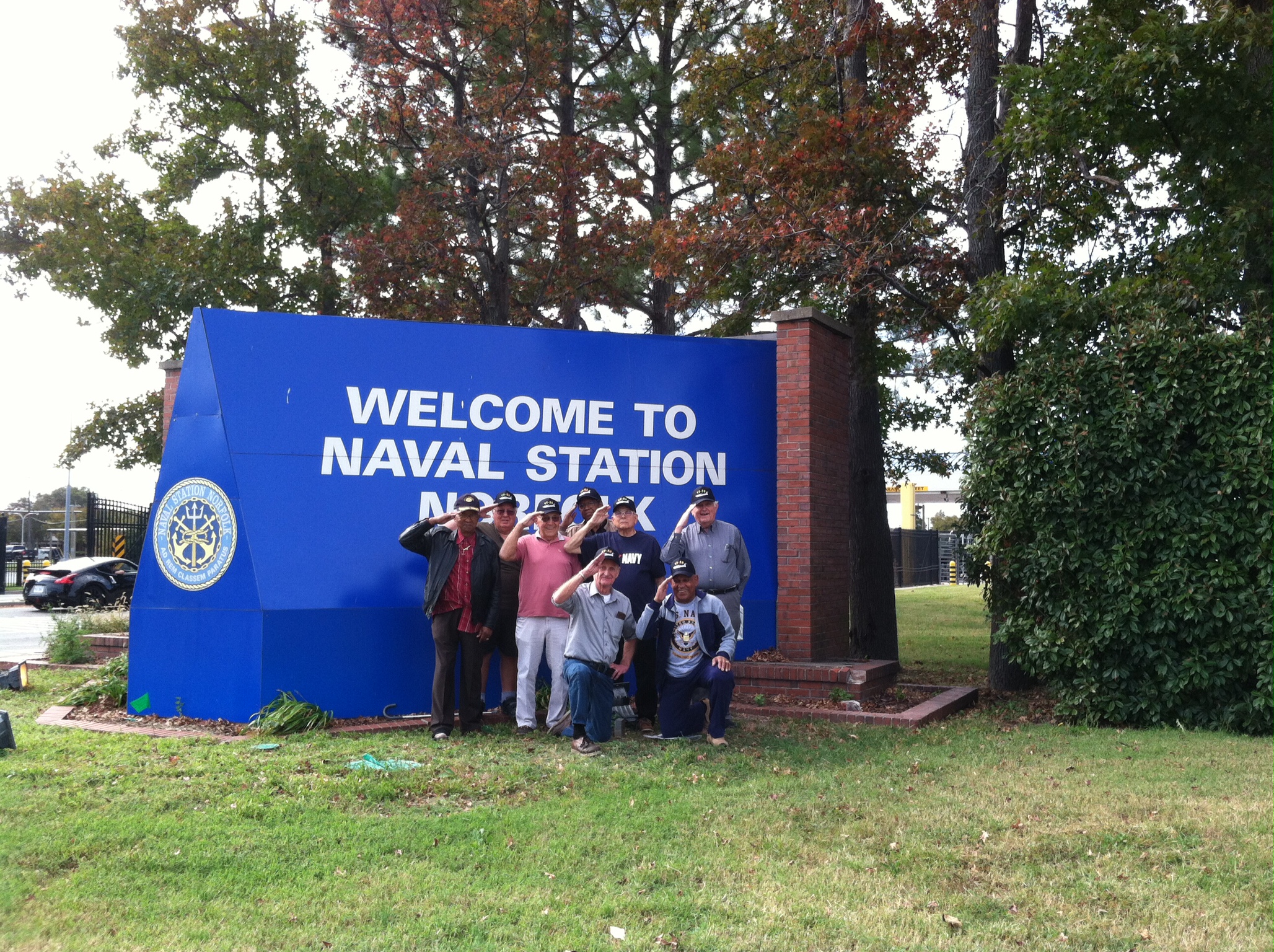
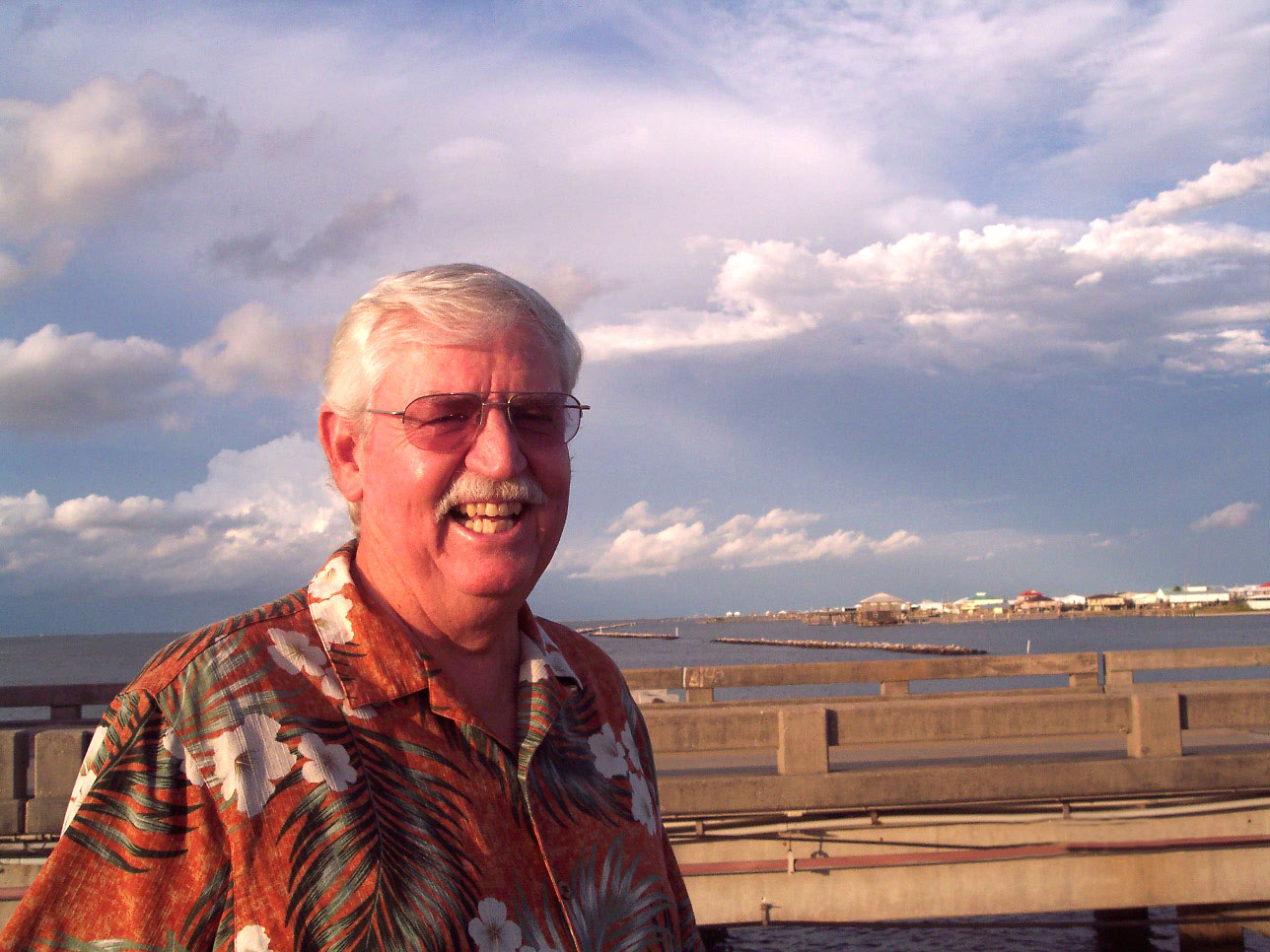
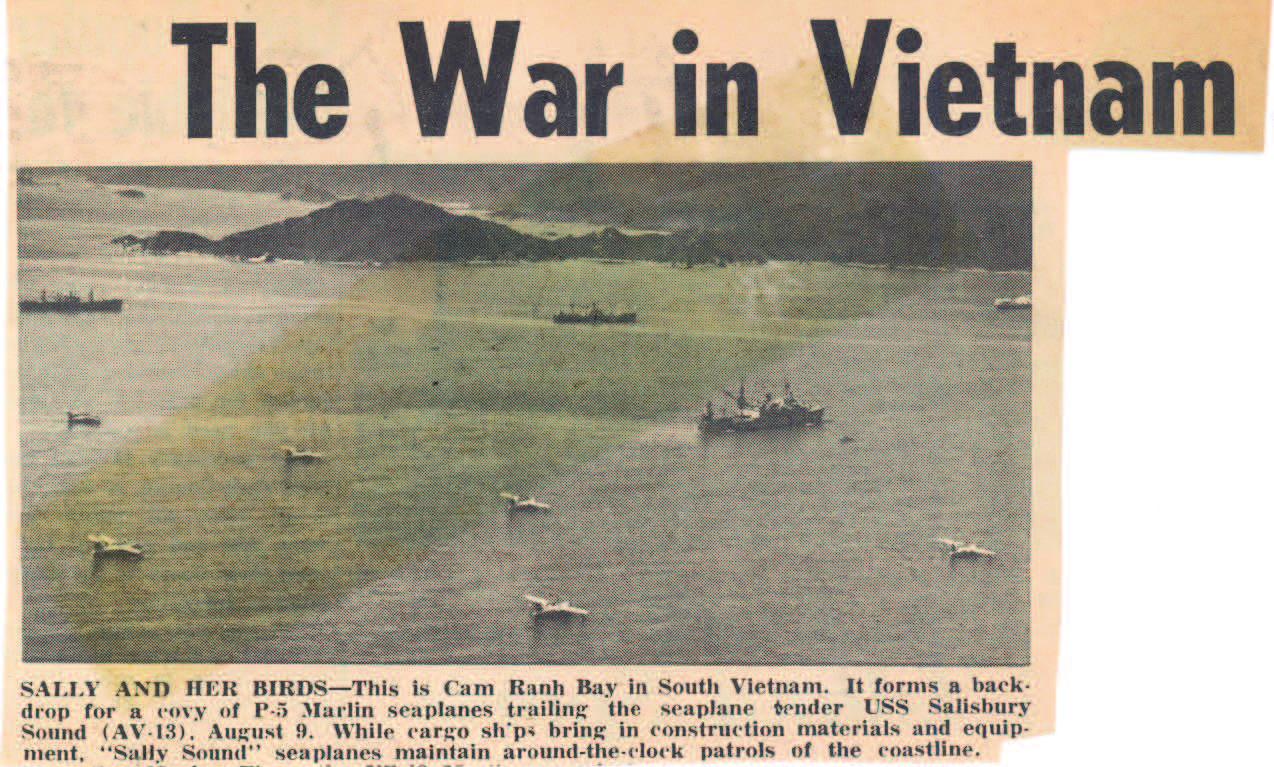
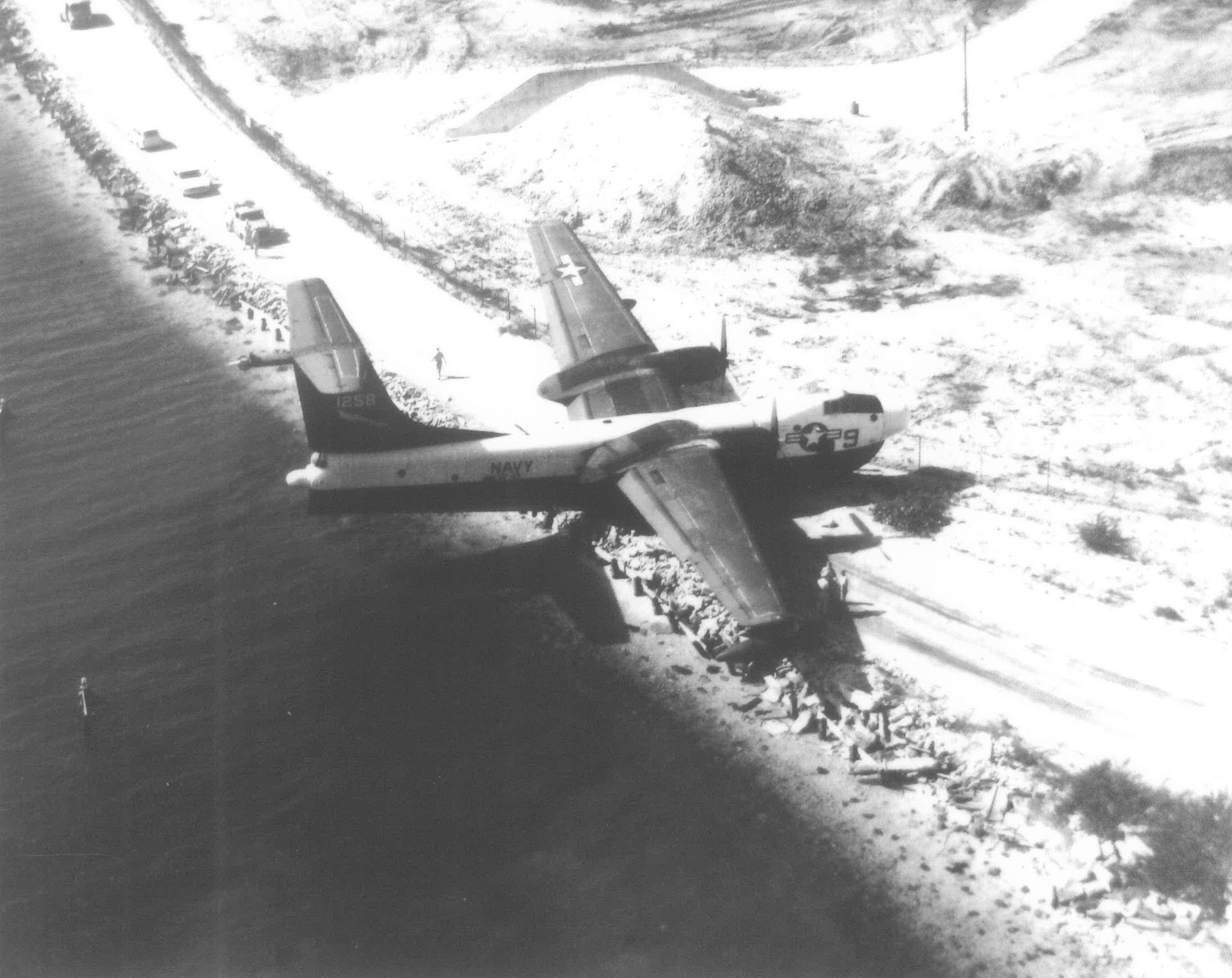
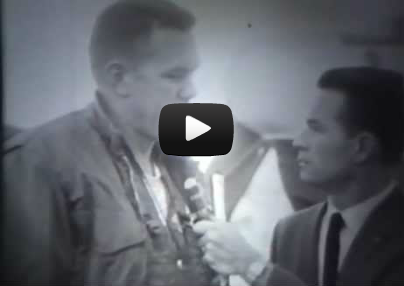
Leave a Comment
Your email address will not be published. Required fields are marked with *